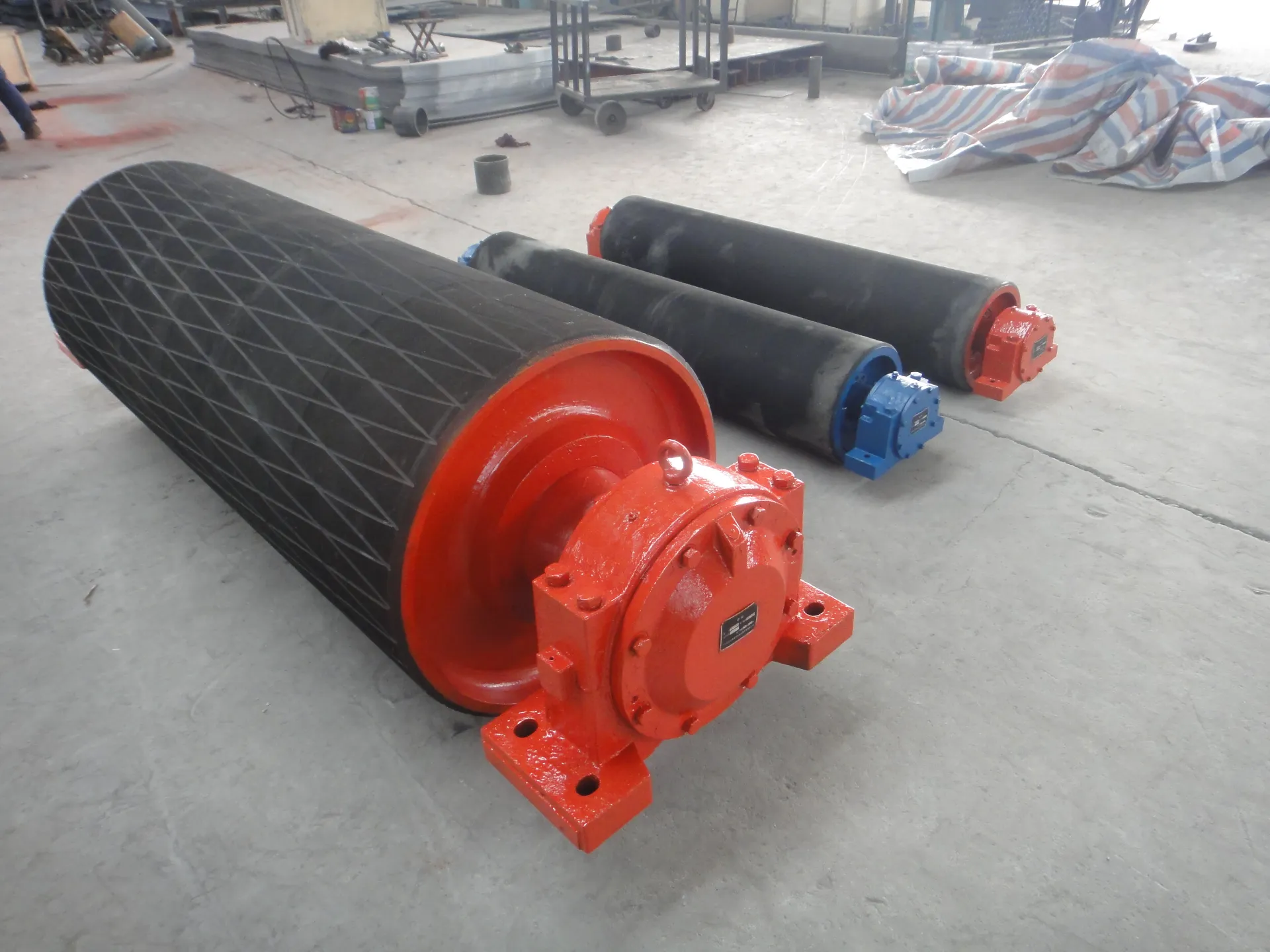 Afrikaans
Afrikaans  Albanian
Albanian  Amharic
Amharic  Arabic
Arabic  Armenian
Armenian  Azerbaijani
Azerbaijani  Basque
Basque  Belarusian
Belarusian  Bengali
Bengali  Bosnian
Bosnian  Bulgarian
Bulgarian  Catalan
Catalan  Cebuano
Cebuano  Corsican
Corsican  Croatian
Croatian  Czech
Czech  Danish
Danish  Dutch
Dutch  Englanti
Englanti  Esperanto
Esperanto  Estonian
Estonian  Finnish
Finnish  French
French  Frisian
Frisian  Galician
Galician  Georgian
Georgian  German
German  Greek
Greek  Gujarati
Gujarati  Haitian Creole
Haitian Creole  hausa
hausa  hawaiian
hawaiian  Hebrew
Hebrew  Hindi
Hindi  Miao
Miao  Hungarian
Hungarian  Icelandic
Icelandic  igbo
igbo  Indonesian
Indonesian  irish
irish  Italian
Italian  Japanese
Japanese  Javanese
Javanese  Kannada
Kannada  kazakh
kazakh  Khmer
Khmer  Rwandese
Rwandese  Korean
Korean  Kurdish
Kurdish  Kyrgyz
Kyrgyz  Lao
Lao  Latin
Latin  Latvian
Latvian  Lithuanian
Lithuanian  Luxembourgish
Luxembourgish  Macedonian
Macedonian  Malgashi
Malgashi  Malay
Malay  Malayalam
Malayalam  Maltese
Maltese  Maori
Maori  Marathi
Marathi  Mongolian
Mongolian  Myanmar
Myanmar  Nepali
Nepali  Norwegian
Norwegian  Norwegian
Norwegian  Occitan
Occitan  Pashto
Pashto  Persian
Persian  Polish
Polish  Portuguese
Portuguese  Punjabi
Punjabi  Romanian
Romanian  Russian
Russian  Samoan
Samoan  Scottish Gaelic
Scottish Gaelic  Serbian
Serbian  Sesotho
Sesotho  Shona
Shona  Sindhi
Sindhi  Sinhala
Sinhala  Slovak
Slovak  Slovenian
Slovenian  Somali
Somali  Spanish
Spanish  Sundanese
Sundanese  Swahili
Swahili  Swedish
Swedish  Tagalog
Tagalog  Tajik
Tajik  Tamil
Tamil  Tatar
Tatar  Telugu
Telugu  Thai
Thai  Turkish
Turkish  Turkmen
Turkmen  Ukrainian
Ukrainian  Urdu
Urdu  Uighur
Uighur  Uzbek
Uzbek  Vietnamese
Vietnamese  Welsh
Welsh  Bantu
Bantu  Yiddish
Yiddish  Yoruba
Yoruba  Zulu
Zulu Conveyor System Efficiency with High-Quality Pulleys
Conveyor pulleys are a cornerstone of efficient and reliable belt conveyor systems. From belt conveyor pulleys to specialized ceramic lagging pulleys, these components play a vital role in maintaining tension, guiding the belt, and ensuring smooth material transport. Advanced options like conveyor pulley lagging further optimize performance by improving grip and reducing wear. Properly designed and installed pulleys can significantly enhance the overall efficiency of your conveyor system.

Here’s how different types of pulleys contribute to system performance and why they are indispensable for modern material handling operations.
Belt Conveyor Pulley: Driving the System with Precision
The belt conveyor pulley is the main driving force in a conveyor system, transmitting power from the motor to move the belt and its load. These pulleys are engineered for durability and precision, ensuring smooth and consistent operation.
Key features of belt conveyor pulleys:
-
Optimal Power Transmission: Provides reliable torque to move heavy loads efficiently.
-
Durable Construction: Typically made from steel or alloy to withstand high stresses and challenging environments.
-
Customizable Designs: Available in various diameters and face widths to suit specific conveyor applications.
Investing in high-quality belt conveyor pulleys ensures reliable performance, reducing downtime and operational costs.
Conveyor Pulley: Essential for Belt Tension and Alignment
A well-designed conveyor pulley is essential for maintaining proper belt tension and alignment, two critical factors for system efficiency. These pulleys are strategically positioned to guide the belt and prevent misalignment.
Benefits of conveyor pulleys:
-
Improved Belt Tracking: Keeps the belt centered, reducing the risk of spillage and wear.
-
Enhanced Efficiency: Minimizes energy loss by reducing friction and resistance.
-
Versatility: Compatible with a variety of conveyor belt types and materials.
Whether it’s a drive pulley, tail pulley, or snub pulley, the right conveyor pulley enhances the overall performance and reliability of the system.
Ceramic Lagging Pulley: Advanced Grip and Durability
For heavy-duty applications, the ceramic lagging pulley offers unmatched performance by providing enhanced grip and resistance to wear. Ceramic lagging features a surface embedded with ceramic tiles, which increase friction and extend pulley life.
Advantages of ceramic lagging pulleys:
-
Superior Traction: Prevents belt slippage, even in wet or oily conditions.
-
Extended Lifespan: Resistant to abrasion and corrosion, making it ideal for harsh environments.
-
Energy Efficiency: Reduces power consumption by minimizing slippage and improving belt traction.
The ceramic lagging pulley is a must-have for industries handling heavy loads or operating in challenging conditions, such as mining or bulk material transport.
Conveyor Pulley Lagging: Protecting and Enhancing Performance
Conveyor pulley lagging refers to the layer of material applied to the pulley’s surface to improve grip and protect against wear. Lagging materials, such as rubber or ceramic, are tailored to specific operating conditions, enhancing the efficiency and longevity of the conveyor system.
Benefits of pulley lagging:
-
Increased Friction: Ensures the belt maintains proper contact with the pulley, preventing slippage.
-
Reduced Wear: Shields the pulley from damage caused by material buildup or harsh operating conditions.
-
Noise Reduction: Absorbs vibrations, making the conveyor system quieter during operation.
By choosing the appropriate conveyor pulley lagging, operators can optimize system performance and reduce maintenance costs.
Enhanced Efficiency with Proper Pulley Design
The efficiency of a conveyor system largely depends on the design and quality of its pulleys. High-performance pulleys improve energy efficiency, reduce wear and tear, and ensure smooth operation.
How pulleys enhance efficiency:
-
Friction Control: Prevents belt slippage, minimizing energy loss and maintaining consistent operation.
-
Durable Materials: High-strength materials resist wear, reducing the need for frequent replacements.
-
Custom Fit: Tailored pulleys ensure compatibility with the belt and system design, maximizing productivity.
Properly designed pulleys, such as belt conveyor pulleys or ceramic lagging pulleys, are essential for achieving optimal conveyor performance.
From the robust belt conveyor pulley to the advanced ceramic lagging pulley, these components are indispensable for maintaining the efficiency and reliability of conveyor systems. Conveyor pulley lagging further enhances performance by improving grip and reducing wear, while the strategic design of each conveyor pulley ensures smooth operation and energy savings.
Upgrade your conveyor system today with high-quality pulleys to maximize efficiency, minimize downtime, and achieve long-lasting performance!
-
Revolutionizing Conveyor Reliability with Advanced Rubber Lagging PulleysUutisetJul.22,2025
-
Powering Precision and Durability with Expert Manufacturers of Conveyor ComponentsUutisetJul.22,2025
-
Optimizing Conveyor Systems with Advanced Conveyor AccessoriesUutisetJul.22,2025
-
Maximize Conveyor Efficiency with Quality Conveyor Idler PulleysUutisetJul.22,2025
-
Future-Proof Your Conveyor System with High-Performance Polyurethane RollerUutisetJul.22,2025
-
Driving Efficiency Forward with Quality Idlers and RollersUutisetJul.22,2025





























